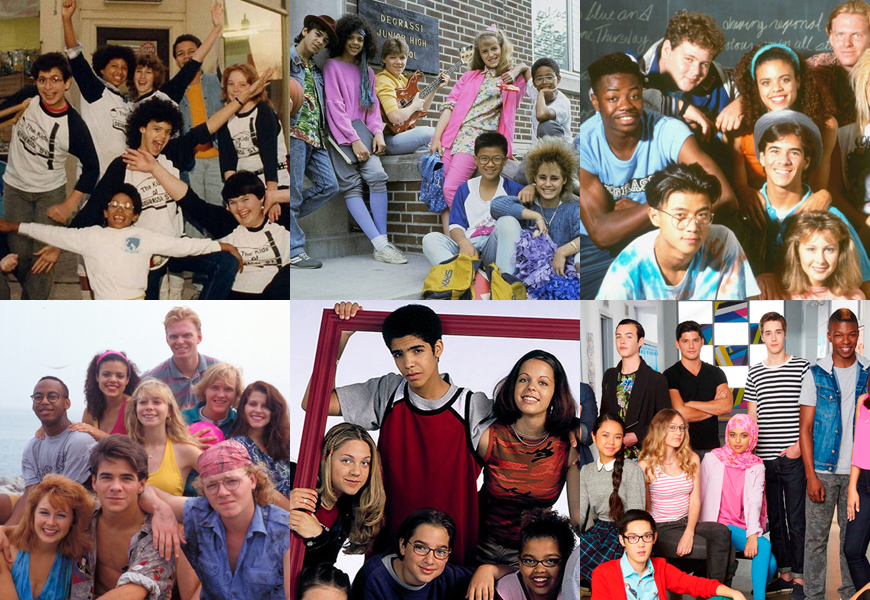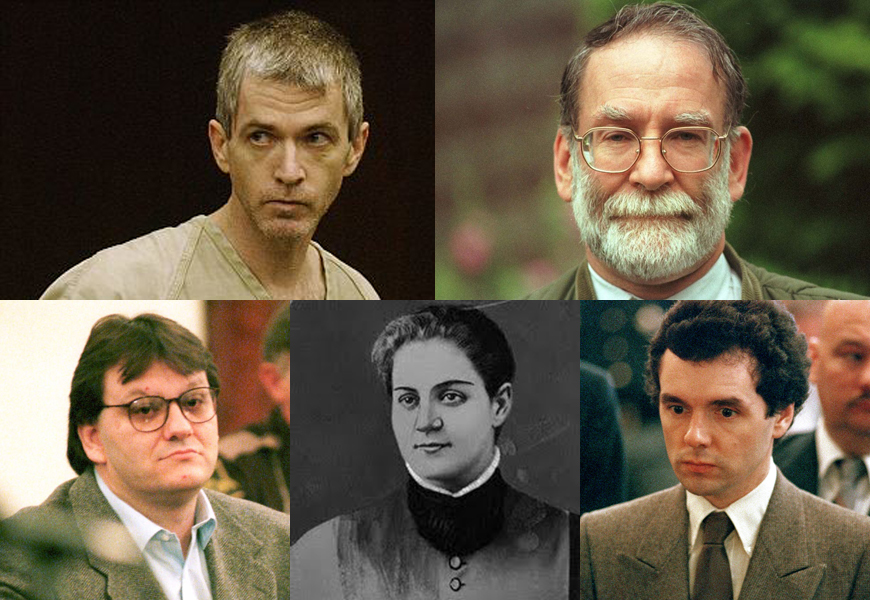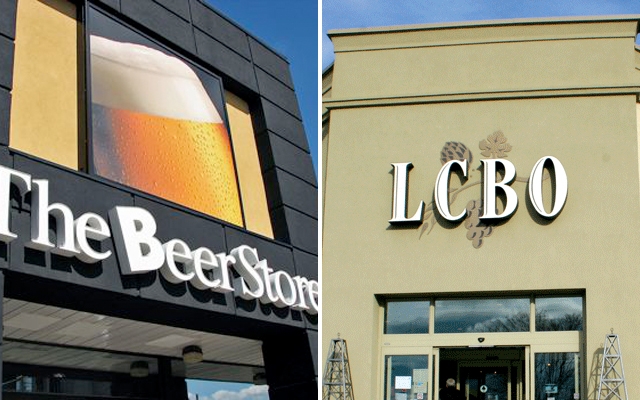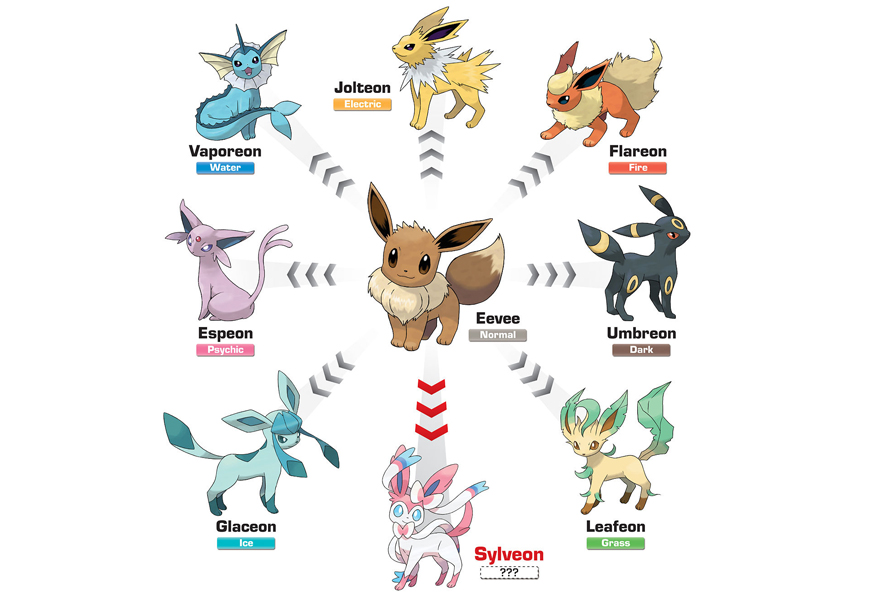By Christopher Turner
The groundbreaking Degrassi franchise has been loved around the world for more than 40 years. Kicking off in the late ‘70s, the Canadian institution started as a miniseries and continued through five separate TV series: The Kids of Degrassi Street, Degrassi Junior High, Degrassi High, Degrassi: The Next Generation, and Degrassi: New Class, along with a handful of specials and made-for-TV movies. Degrassi has aired in more than 150 countries and has been continuously praised through the years for tackling complex subject matter like bullying, teen pregnancy, drug use, body image, domestic violence, rape, suicide, abortion, and mental health. The franchise has also earned plenty of awards and accolades including the Peabody Award, International Emmys and more than 25 Canadian Screen Awards.
Feeling a little nostalgic? Amazon recently announced that 496 episodes of most Degrassi series including: The Kids of Degrassi Street (season 1); Degrassi Junior High (seasons 1-3); Degrassi High (seasons 1-2); Degrassi Talks (season 1); Degrassi High: School’s Out (film); Degrassi: The Next Generation (seasons 1-14); and Degrassi Unscripted (season 1), are streaming now on Prime Video in Canada.
In celebration of being able to relive (or watch for the first time) the lives of Degrassi’s teens, here’s a collection of fun facts that you may not have known about the iconic Canadian franchise.
Degrassi co-creator Linda Schuyler was originally a junior high school teacher
Schuyler was inspired to create Degrassi when she was a seventh and eighth grade teacher at Earl Grey Senior Public School in Toronto. In 1976, Schuyler met Kit Hood, an editor of television commercials, and they founded Playing With Time, a production company that specialized in educational films and documentaries.
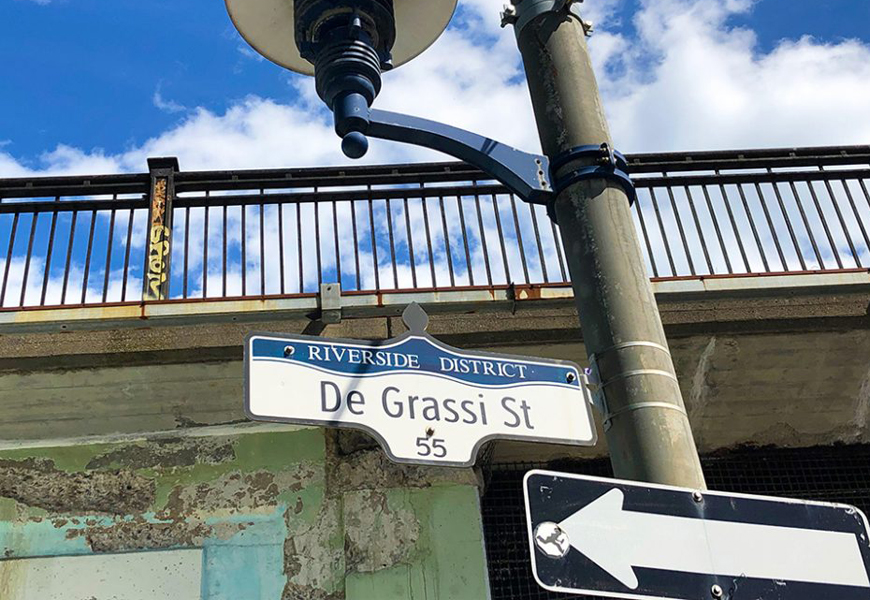
De Grassi, the story behind the name
De Grassi Street is located on the east side of Toronto, in the south Riverdale district about halfway between Broadview and Carlaw Avenues. It is a one-way street only, running northbound from Queen Street East to Gerrard Avenue. According to Toronto author Charles Sauriol, De Grassi Street was named after Captain Filippo “Philip” De Grassi, who was born on May 15, 1793. De Grassi was an Italian-born soldier who immigrated to Canada with his family in 1831 and was awarded a tract of crown land at the Forks of the Don River.
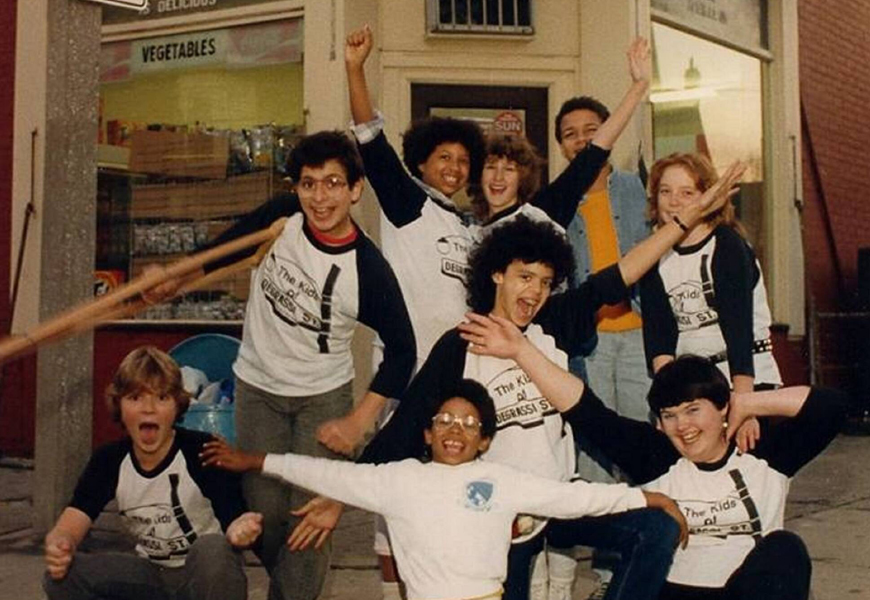
The Degrassi franchise launched in 1979
It all started with The Kids of Degrassi Street, which premiered on the CBC on December 8, 1979. Initially the series consisted of four after-school specials — “Ida Makes a Movie,” “Cookie Goes to the Hospital,” “Irene Moves In,” and “Noel Buys a Suit” — that aired over four years and followed the lives of a group of children living on De Grassi Street in Toronto. In December 1982, the format switched to weekly episodes and ultimately there were 26 episodes that ran between 1979 and 1986. Interestingly it’s the only Degrassi series to focus on children instead of teenagers.
Switching things up
In 1986, Schuyler decided to rework the series and change the setting to a junior high school, so that she could tackle the more complex problems that come along with adolescence. Degrassi Junior High premiered January 18, 1987, and ultimately became the template of all future Degrassi series.
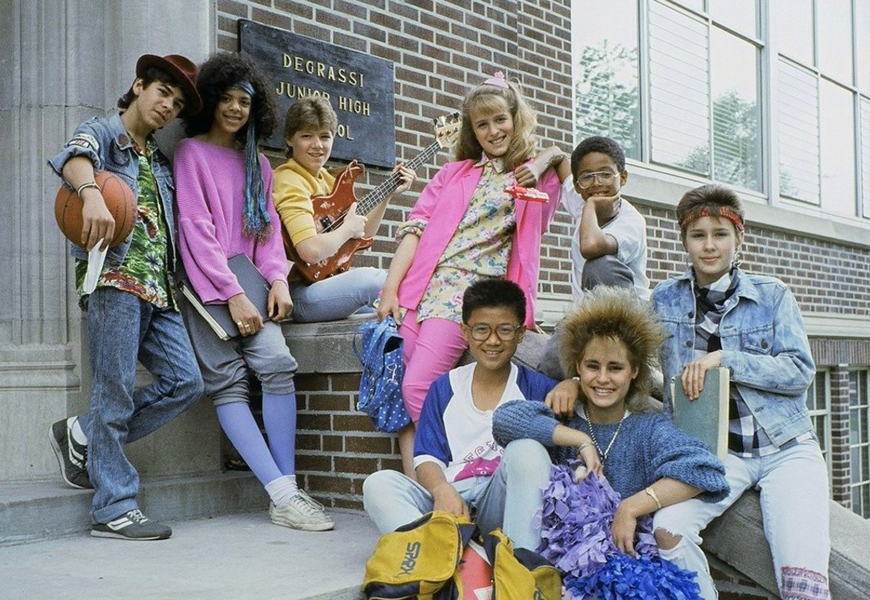
Several of the cast of The Kids of Degrassi Street appeared on Degrassi Junior High and Degrassi High
The Kids of Degrassi Street featured many of the same actors who would later appear on Degrassi Junior High and Degrassi High, including Stacie Mistysyn, Neil Hope, Anais Granofsky, Sarah Charlesworth, and John Ioannou, all in different unrelated roles.
Grassroots casting
The casting process for Degrassi Junior High in the mid-‘80s was so low-key that the auditions were announced in flyers placed around Toronto and ads placed in various Toronto newspapers. In fact, most of the cast in Degrassi Junior High and later Degrassi High had had zero acting experience prior to appearing on the shows.
All about the authenticity
Most of the Degrassi Junior High and Degrassi High cast wore their own clothes and did their own make-up on set, although the art department would tweak their appearances for continuity purposes. It’s believed to be one of many factors that helped the show feel so authentic.
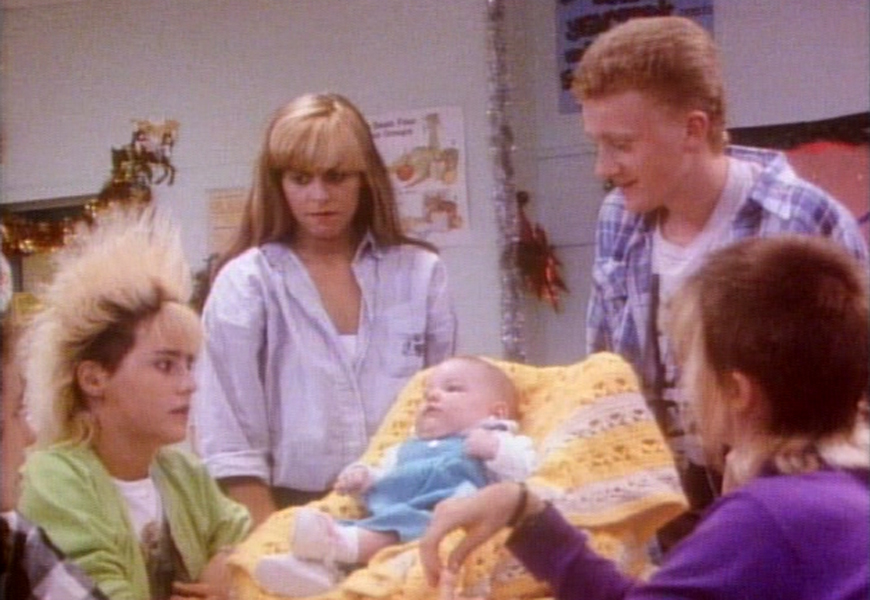
Emmy award = Emma
The Degrassi Junior High episode “It’s Late” (season 1, episode 11), which originally aired on April 5, 1987, is when Spike (Amanda Stepto) finds out she’s pregnant. The episode won an Emmy award in 1987 and inspired the name of Spike’s daughter after she was born, Emma.
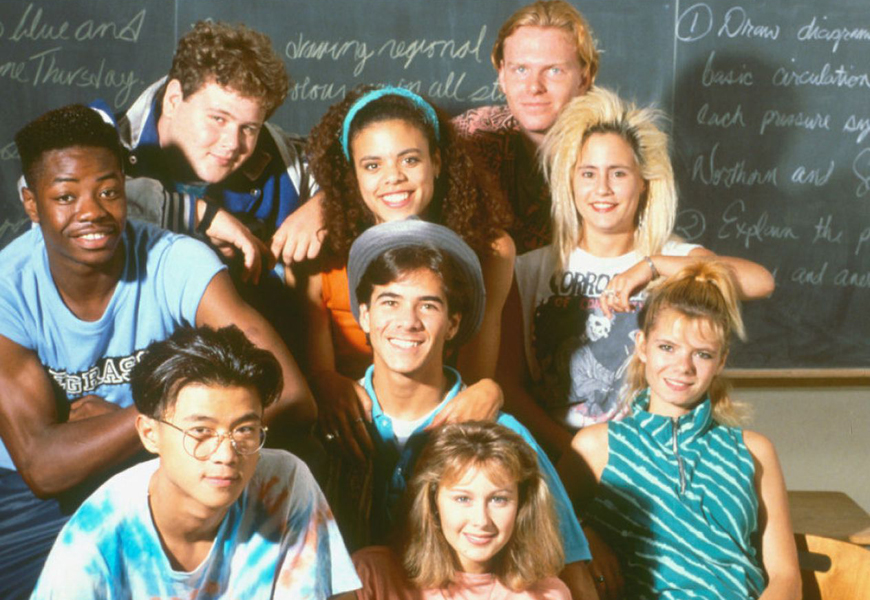
New beginnings
Degrassi Junior High ended on March 6, 1989, making way for Degrassi High, which ran from November 6, 1989, to January 28, 1991 and followed the characters through their later years of grade school.
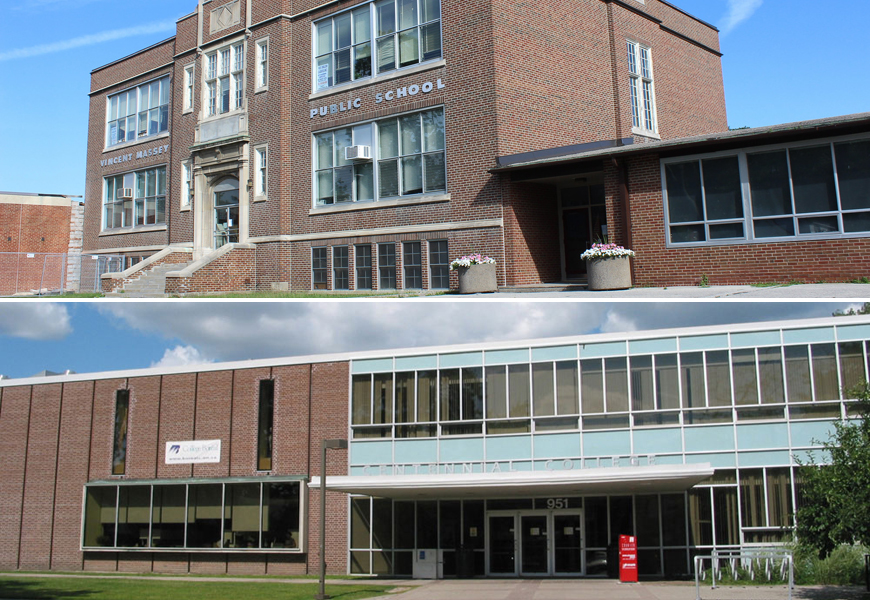
Degrassi Junior High and Degrassi High were both shot at real schools
Degrassi Junior High was partially shot at the vacant Vincent Massey Public School in Toronto, while Degrassi High was filmed at the Centennial College Story Arts Centre on Carlaw Avenue in Toronto. The rest of both series was shot entirely in and around the Queen-Broadview Village near where the eponymous De Grassi Street is located.
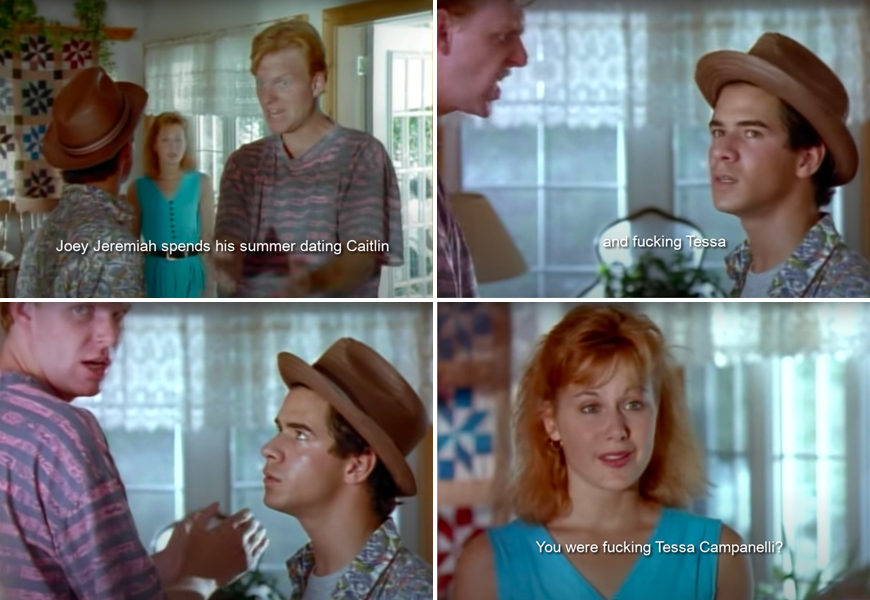
School’s Out had Canada’s first prime time F-bomb
Stefan Brogren, who plays Archie ‘Snake’ Simpson, has the honour of being the first person to say the f-word on Canadian television. In Degrassi‘s 1992 made-for-TV movie School’s Out, Snake confronts Joey (Pat Mastroianni) about his summer relationships with Caitlyin (Stacie Mistysyn) and Tessa (Kirsten Bourne). The exact line was: “Joey Jeremiah spends his summer dating Caitlyin and fucking Tessa.” Mistysyn became the second person to use the f-word, when just seconds after Snake, her character Caitlyin famously said: “You were fucking Tessa Campanelli?”
Linda Schuyler received one of the highest civilian awards in Canada
In 1994, Schuyler received one of the highest civilian awards in Canada when she became a Member of the Order of Canada, due in large part to Degrassi’s enduring influence on Canadian culture.
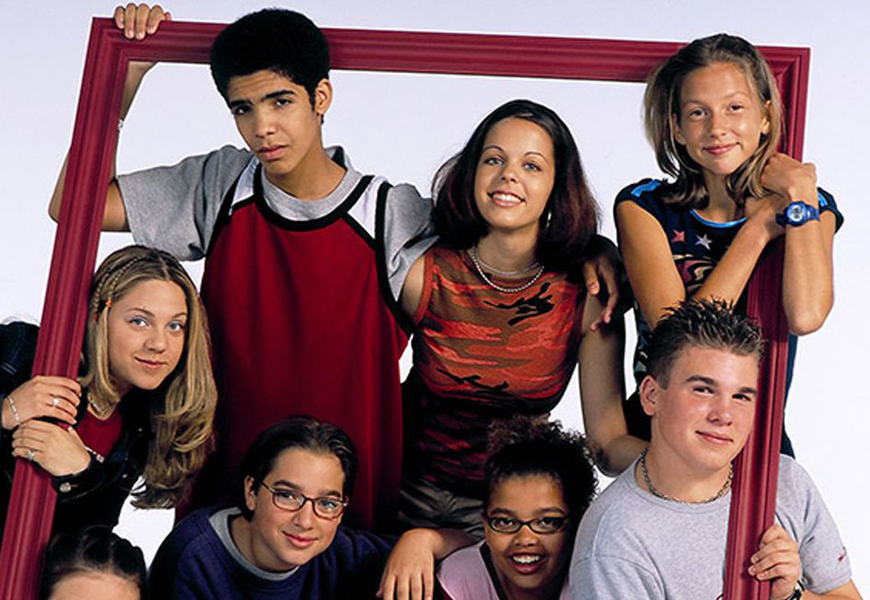
The “students” of Degrassi: The Next Generation weren’t even born when the original Degrassi series first aired
Degrassi: The Next Generation was the fourth TV series in the Degrassi franchise and a revival of Degrassi Junior High and Degrassi High. It premiered on CTV on October 14, 2001 and concluded on August 2, 2015 on MTV Canada.
Most of the episodes from Degrassi: The Next Generation are named after songs
Excluding season one, all of the episodes from Degrassi: The Next Generation are named after songs from the 1950s, 1970s, 1980s and 1990s.
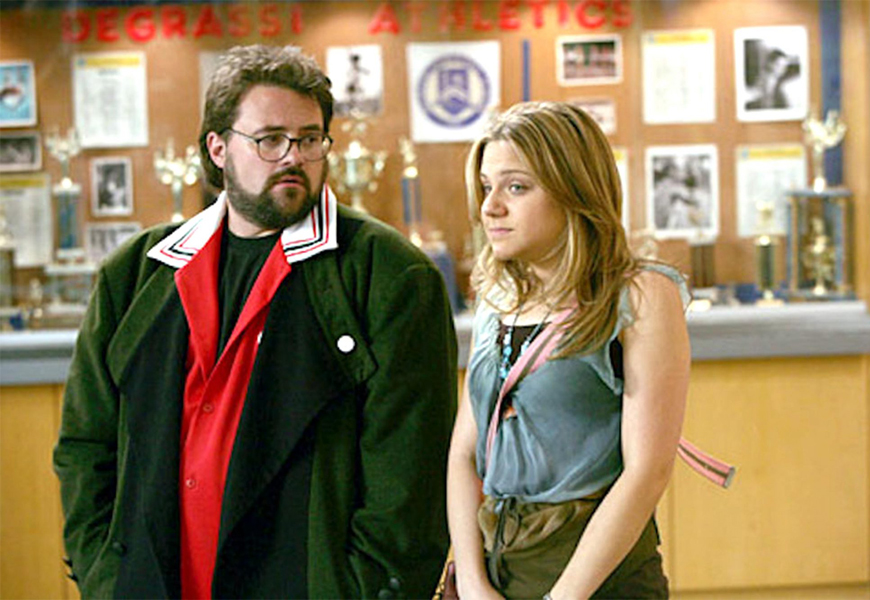
Kevin Smith is a huge Degrassi fan
Smith is a huge fan of Degrassi from way back — and even guest-starred in a couple of Degrassi: The Next Generation episodes along with long-time collaborator Jason Mewes. The episodes “Goin’ Down The Road” parts one and two (season 4, episode 21 and 22) featured Smith and Mewes essentially playing alternate versions of themselves — and there’s also a guest appearance from Alanis Morissette as well. Smith and Mewes also showed up again in the 2009 made-for-TV movie Degrassi Goes Hollywood.
The first transgendered teen character
In 2010, Degrassi: The Next Generation broke incredible ground with the introduction of the character Adam Torres in the two-part episode “My Body Is A Cage” (season 10; episodes 15 and 16). Adam was the first transgendered teen character to ever appear as a series regular on any scripted TV series. Reportedly, the producers sought out help from LGBTQ+ advocacy organization GLAAD to properly portray a transgendered teen’s life experiences. Adam quickly became a fan-favourite — and many fans were devastated when his character’s storyline ended tragically in season 13.
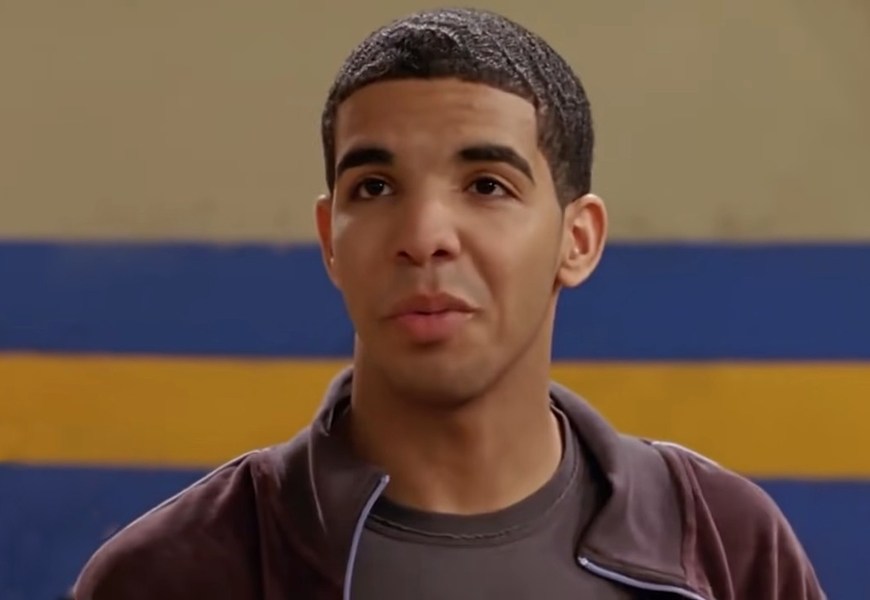
Started from the bottom…
Drake is arguably the most famous alum from Degrassi: The Next Generation, and the entire franchise. At 15, he appeared on the show as Jimmy Brooks, a basketball player who is shot by a classmate and becomes physically disabled as a result. According to Drake, he and his family were living in poverty, and the Degrassi pay checks helped keep the family afloat. He would appear in 145 episodes before he moved on to music superstardom instead.
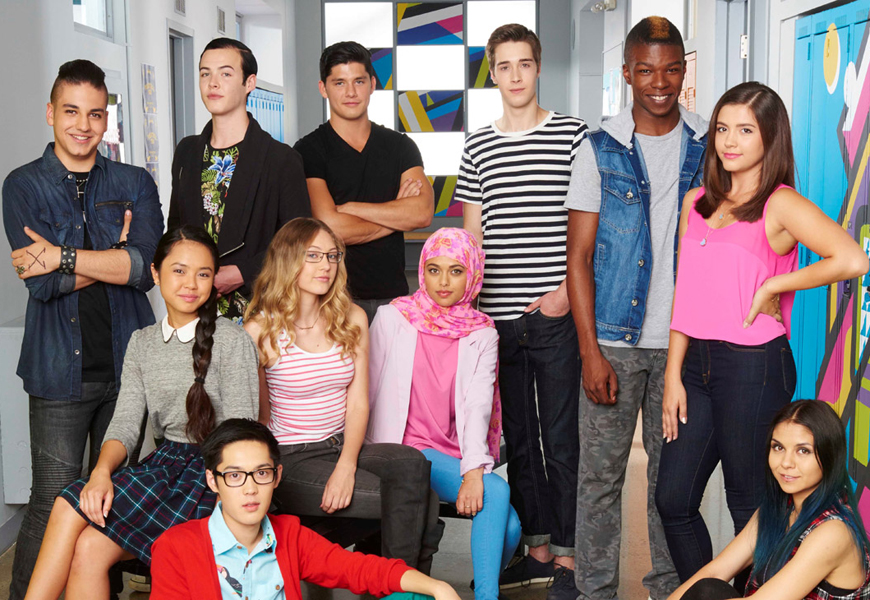
Up next…
Degrassi: Next Class was the fifth and to date most recent TV series in the Degrassi franchise and a direct sequel to Degrassi: The Next Generation. It ran from 2016 until 2017.
Degrassi covered a lot of ground
Among many other things, the Degrassi franchise has covered eight main character deaths, four storylines involving cancer, three storylines regarding abortion, eight pregnancy storylines, and more than 50 different love triangles.
Degrassi is the longest running Canadian TV series in history
In 2012, the Degrassi franchise became the longest-running Canadian series of all time, stealing the title from long-standing titleholder The Beachcombers, which had 387 episodes.
RELATED:
– 29Secrets: Degrassi Streaming Dump Offers Nostalgic Celebration Of A Truly Groundbreaking Franchise

